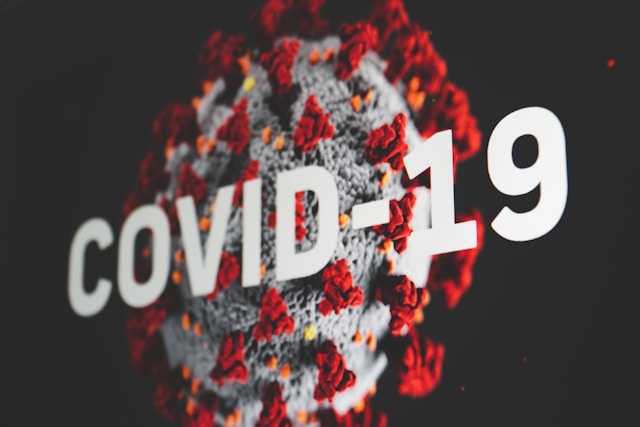The Centers for Disease Control and Prevention (CDC) has indeed detected multiple cases of a new COVID-19 variant, NB.1.8.1, through its airport screening program. This variant is currently linked to a significant surge in COVID-19 cases in China and is spreading across various parts of Asia.
Here’s a ground report on the situation:
New COVID-19 Variant NB.1.8.1: A Ground Report
Detection and Spread: The NB.1.8.1 variant, a descendant of the Omicron sublineage JN.1, has been identified in international travelers arriving at major U.S. airports, including those in California, Washington state, Virginia, and the New York City area. These detections were made possible through the CDC’s airport screening program, in collaboration with its testing partner Ginkgo Bioworks. Travelers testing positive for NB.1.8.1 have originated from a range of countries, including China, Japan, South Korea, France, Thailand, the Netherlands, Spain, Vietnam, and Taiwan, with tests conducted between late April and mid-May 2025. Beyond airport screenings, health authorities in states like Ohio, Rhode Island, and Hawaii have also reported community cases of NB.1.8.1.
Origin and Impact in Asia: First identified in China, NB.1.8.1 has rapidly become the dominant strain there, contributing to a sharp rise in case numbers. The variant is also driving surges in other Asian regions, including Hong Kong, Singapore, and Thailand. Hong Kong, for instance, has reported its highest COVID-19 activity in a year, with increasing emergency room visits and hospitalizations. Singapore also saw a significant increase in weekly cases in early May 2025.
Variant Classification and Risk Assessment: The World Health Organization (WHO) designated NB.1.8.1 as a “Variant Under Monitoring” (VUM) on May 23, 2025. While it is increasing in proportion globally, the WHO currently assesses the additional public health risk posed by NB.1.8.1 as “low at the global level.” Despite concurrent increases in cases and hospitalizations in some countries where NB.1.8.1 is widespread, current data do not indicate that this variant leads to more severe illness compared to other circulating variants. There is no evidence of increases in indicators like COVID-19-related ICU admissions or deaths per hospitalization.
Transmissibility and Symptoms: Preliminary studies suggest that NB.1.8.1 has a higher transmissibility rate than some earlier variants, showing an enhanced ability to bind to human cells. However, early research also indicates it does not significantly outperform other circulating strains in immune evasion.
The symptoms associated with NB.1.8.1 are largely consistent with those of previous Omicron variants, including:

- Sore throat
- Fatigue
- Mild cough
- Fever
- Muscle aches
- Congestion Some individuals have also reported persistent low-grade hyperthermia, headaches, nausea, loss of appetite, and gastrointestinal issues.
Public Health Response and Recommendations: The CDC is closely monitoring the spread and impact of NB.1.8.1. While the number of detected sequences in the U.S. has been too few to be included in the agency’s main COVID Data Tracker dashboard, surveillance efforts continue.
Health officials, including those in Hong Kong and Taiwan, are advising the public, especially high-risk individuals, to wear masks in crowded or enclosed spaces and to stay up-to-date with COVID-19 vaccinations and booster shots. Vaccine manufacturers like Pfizer and Moderna have presented early data suggesting that updated vaccines targeting the LP.8.1 variant (another JN.1 descendant) may also offer protection against NB.1.8.1. The U.S. Food and Drug Administration’s (FDA) vaccine advisory panel has unanimously recommended updating COVID-19 vaccines for the upcoming fall and winter to target a JN.1-based variant.
The overall message from health authorities is to remain vigilant but avoid panic stay healthy . The virus appears to be settling into a more seasonal pattern, with peaks typically occurring in summer and winter. Continued adherence to good hand hygiene, monitoring for symptoms, and getting tested if unwell remain crucial preventive measures.
Sources: WHO


